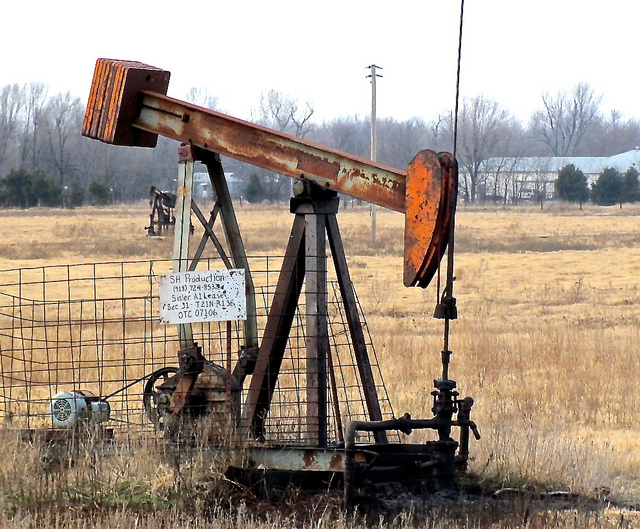
In an age of recycling, companies are looking for ways to repurpose and reuse resources to save money and time. It should be no surprise that this is also something that occurs in the petroleum industry. As more and more hydraulic fracturing is done, technological advances are allowing existing wells with slow or no production to be reopened.
The Benefits of Recompleting
As more companies become familiar with the different technologies and techniques of fracking, they began to consider the potential that might be available in older wells. Consider that initial startup costs to drill a well could be around or over $10 million, according to Well Servicing Magazine, but with a refracture you could reduce your costs tenfold.
With reduced startup costs it seems that revisiting the potential in a completed well is a no-brainer. But what kind of yields are they producing? Encana Corporation has been having great success in the Haynesville Shale seeing yields from completed wells that doubled what they had predicted as being extracted. CONSOL energy is also having success in the Marcellus Shale by refracturing wells. They are able to add 59.5 million cubic meters yielded from older wells in that area.
The Technology of Refracturing

What has made some of these results possible are recent technological advances in the field of fracking. As new products and techniques are developed to assist new wells drilled by fracking, older wells can also benefit.
The first thing that producers are doing is using computer simulations. They allow geologists and other experts to look at old wells and analyze the location and potential for refracturing. Computer advances have allowed experts to utilize more powerful software that allows this analysis to take place. Without these advances it would not be possible to keep spacing between stages at the 150 foot mark. Typically drillers were restricted to looking at stages that were anywhere from three hundred to five hundred feet and much of the yield was simply missed.
Another data technique that is being used overlays new data after a refracture has been complete over top of the old data that was gathered for the well. By doing this, it allows experts to make a comparison between those data curves and other wells that have not been refractured. This can help to identify future wells to revisit.
Second, to block older fractures in a well and perform new fractures, a device called a diverting agent is inserted into the well. This device is a small plastic ball or sphere that is deposited into an old fracture. As water or chemicals are poured onto it, it expands and seals up the old fractures allowing for new ones to be explored.
Another area of improvement is inflow control. A problem with many mature wells is inflow of water or gas into the oil. If this happens, the oil may be unusable. At the very least, it is costly to process and therefore of no interest. However companies like Halliburton are using devices that prevent or slow the inflow of gas and water into the reserve, allowing the oil to be extracted. These devices are inserted directly into the shaft, supporting it and preventing the inflows that may be above, below or beside it from breaking in.
As technology advances, more and more sites that were thought of as being no longer able to produce can be revived and productive again. This is great news in general for the industry, particularly as many companies are looking to save costs as the price of oil drops to lower prices.